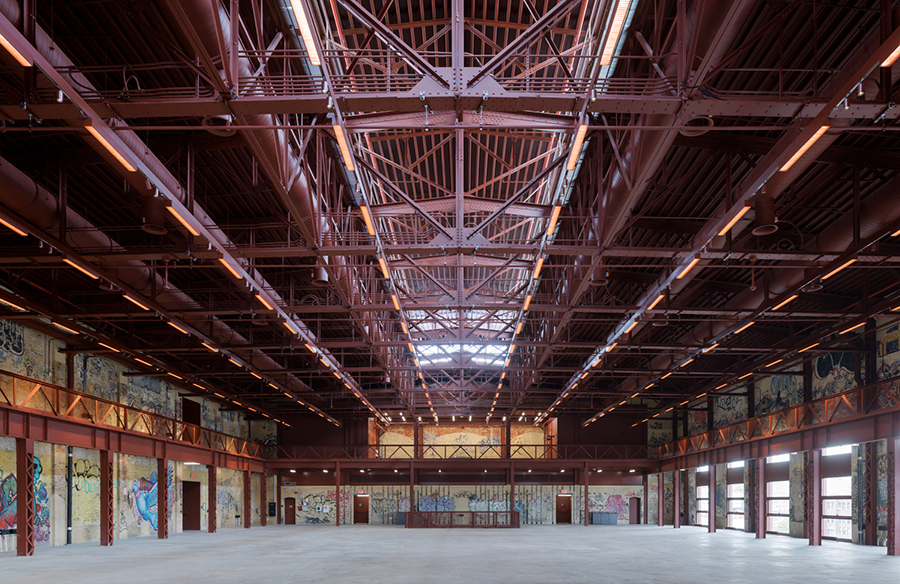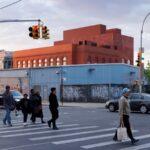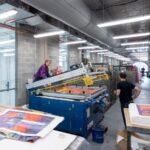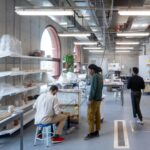In the heart of Brooklyn, United States, Herzog & de Meuron, in collaboration with PBDW Architects, embarked on a transformative endeavor – the Powerhouse Arts project. Situated in Gowanus and Red Hook, this initiative revitalizes a 115-year-old power plant, turning it into a vibrant hub for artistic production and employment.
A Hub for Artistic Innovation
Spanning 16270 square meters, Powerhouse Arts serves as a not-for-profit manufacturing facility, fostering creativity across various mediums such as wood, metal, ceramics, textile, and print. Its mission is to provide a platform for artists, fabricators, and workers, preserving Brooklyn’s industrial legacy while ensuring its relevance for generations to come.
Embracing Industrial Heritage
Originally designed by Thomas Edward Murray in 1904, the Brooklyn Rapid Transit Power Station stood as a testament to industrial progress. Over the years, half of the structure succumbed to demolition, leaving behind the iconic Turbine Hall, fondly known as “The Batcave” among locals. The project honors this industrial heritage by repurposing the site for contemporary manufacturing and artistic endeavors.
Sustainable Remediation and Adaptive Reuse
Amidst the challenges posed by the Gowanus Canal’s designation as a Superfund site, the project navigated environmental concerns with resilience. Through the New York State Brownfield Cleanup Program, the site’s contamination was addressed, paving the way for its transformation. Herzog & de Meuron’s appointment in 2016 marked a significant milestone in the project’s evolution, laying the groundwork for its visionary redesign.
Integrating Historical Elements
The design proposal carefully reinstates and preserves essential elements of the original power station, strengthening its industrial character. The Turbine Hall’s historical significance is retained, serving as the focal point of the facility. By reinterpreting the historic Boiler House and integrating it with contemporary additions, the project seamlessly bridges past and present.
Functional Excellence and Environmental Responsibility
A testament to meticulous planning, Powerhouse Arts optimizes space utilization while prioritizing environmental sustainability. Vertical stacking of fabrication shops ensures efficient workflow, with measures in place to mitigate the impact of manufacturing processes on indoor air quality. The integration of modern systems within the historic framework exemplifies a harmonious balance between tradition and innovation.

Invigorating Public Spaces
Beyond its functional aspects, Powerhouse Arts breathes new life into the surrounding neighborhood. A forecourt along the Gowanus Canal offers outdoor workspaces and loading facilities, fostering community engagement. The project’s public entrance, marked by historical remnants juxtaposed with contemporary elements, serves as a gateway to artistic exploration and collaboration.

Celebrating Creativity and Heritage
At its core, Powerhouse Arts celebrates creativity, heritage, and environmental stewardship. From its adaptive reuse of historical structures to its commitment to sustainable practices, the project exemplifies a harmonious blend of past and future. As an emblem of Brooklyn’s industrial resilience, it stands as a testament to the transformative power of design and innovation.













